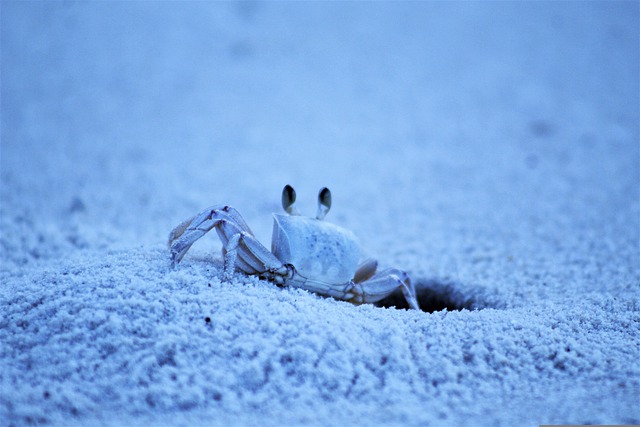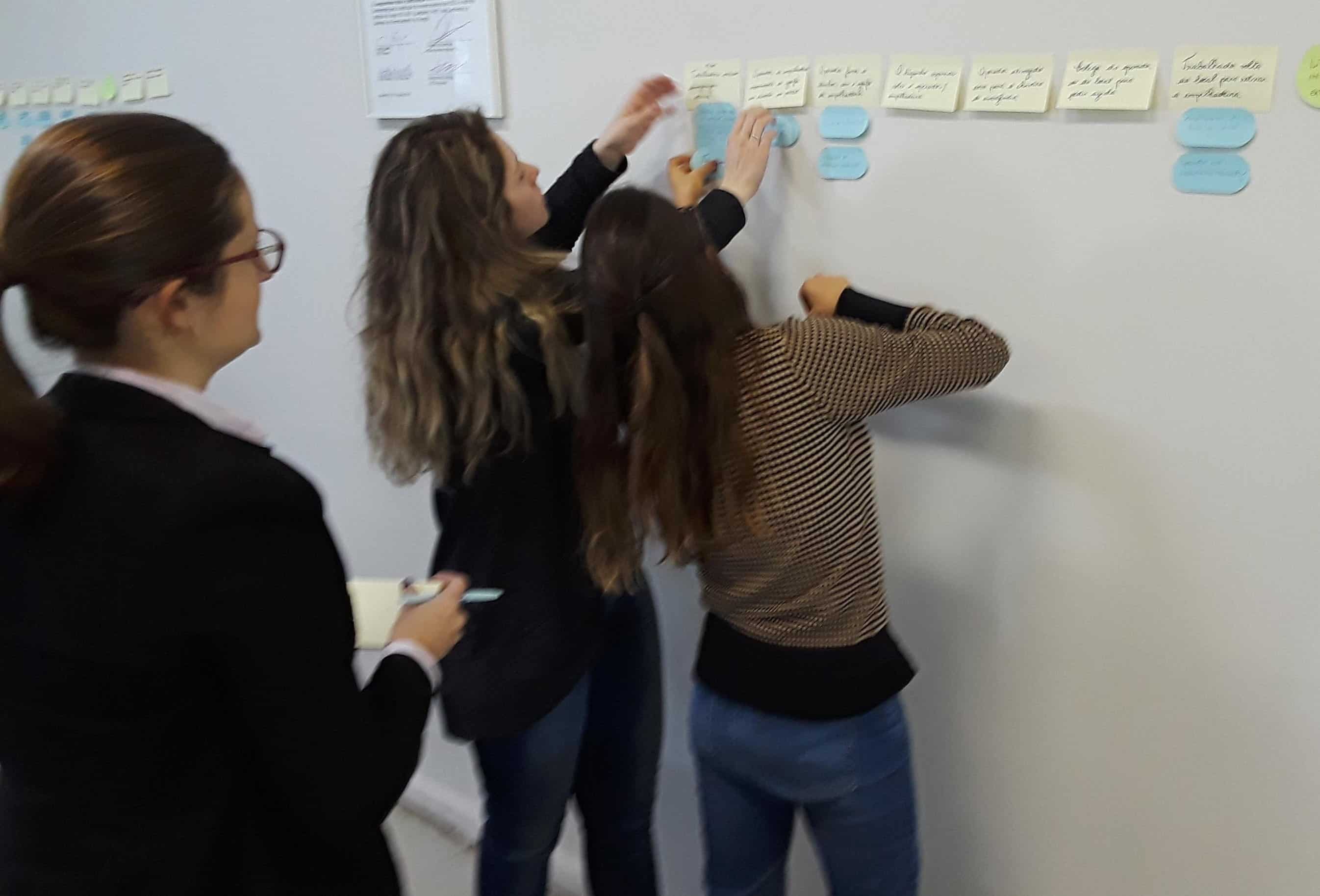How far away is death? Bigger brain vs. smaller?

Does the size of the brain really matter?
Whether it’s through National Geographic, scary shark shows, or observing sea creatures close up, we’ve learned that — just like animals in savannah habitats in the East African plains, the pampas of South America, or Northern Australia’s woodland expanse — there’s an anticipated pecking order, or hierarchy, of predators vs. their prey . . . and it often involves the predator’s brain or intelligence.
- Octopuses move with great speed.
- Their eight long arms are covered in suckers, making it a shoo-in for them to catch and grip prey while chomping into the catch with powerful jaws.
- And did you know that each of an octopus’ arms can think for itself (so the brain in the head can focus on another problem)?
- Octopus ink can blind the recipient with its spray; that same ink can mess up the prey’s sense of smell and taste.
Take a look at how far away is death for what’s under the waves in this BBC video:
Want to get more brain power?
Does your management know about TapRooT® Root Cause Analysis and how it can help them with their biggest challenges? What kind of challenges?
- Stopping fatalities
- Improving safety
- Meeting production goals
- Improving product/service quality
- Keeping projects on schedule
- Improving equipment reliability
- Stopping regulatory violations
- Meeting their quarterly goals
We can help your management understand how advanced root cause analysis works and how it can help your site/company achieve excellence. It starts with a FREE executive briefing. Visit our Executive Portal to request a free, 1-hour Executive Briefing. TapRooT® Root Cause Analysis was developed to meet the proven requirements for systematic root cause analysis. We can help you implement the proven TapRooT® process. Dan Verlinde prepared this graphic to help you implement TapRooT® Root Cause Analysis in your improvement process. We will work with you to develop your custom plan.
Image by Adry Mozeal from Pixabay.



